What is the difference between carbon steel and stainless steel?
In the realm of metallurgy, two formidable contenders, carbon steel and stainless steel, stand tall as indispensable players. Both materials boast unique properties that make them vital in various industries, yet their differences are profound. This article delves into the intricacies of carbon steel and stainless steel, unraveling the mysteries that set them apart.
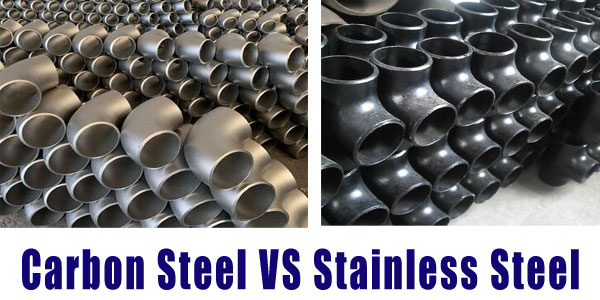
Understanding Carbon Steel
Named for its composition, carbon steel primarily consists of iron and carbon. Usually falling between 0.05% and 2%, the carbon concentration plays a pivotal role in determining the material’s hardness, strength, and ductility. The remarkable adaptability of carbon steel sets it apart, rendering it a crucial component in construction, manufacturing, and diverse industrial uses.
To refine certain characteristics, alloying elements such as manganese, phosphorus, and sulfur are frequently incorporated into carbon steel. The specific combination of carbon and these alloying elements dictates the overall performance and suitability of carbon steel for different applications..
Carbon steel is available in diverse grades, each tailored for specific uses. Take, for example, low carbon steel, characterized by reduced carbon content, which imparts ductility and ease of weldability, rendering it fitting for applications like automotive components and structural elements. Meanwhile, medium carbon steel is well-suited for forging and machining, boasting a harmonious blend of strength and toughness. In contrast, high carbon steel stands out in applications demanding remarkable hardness, such as in the production of cutting tools and blades.
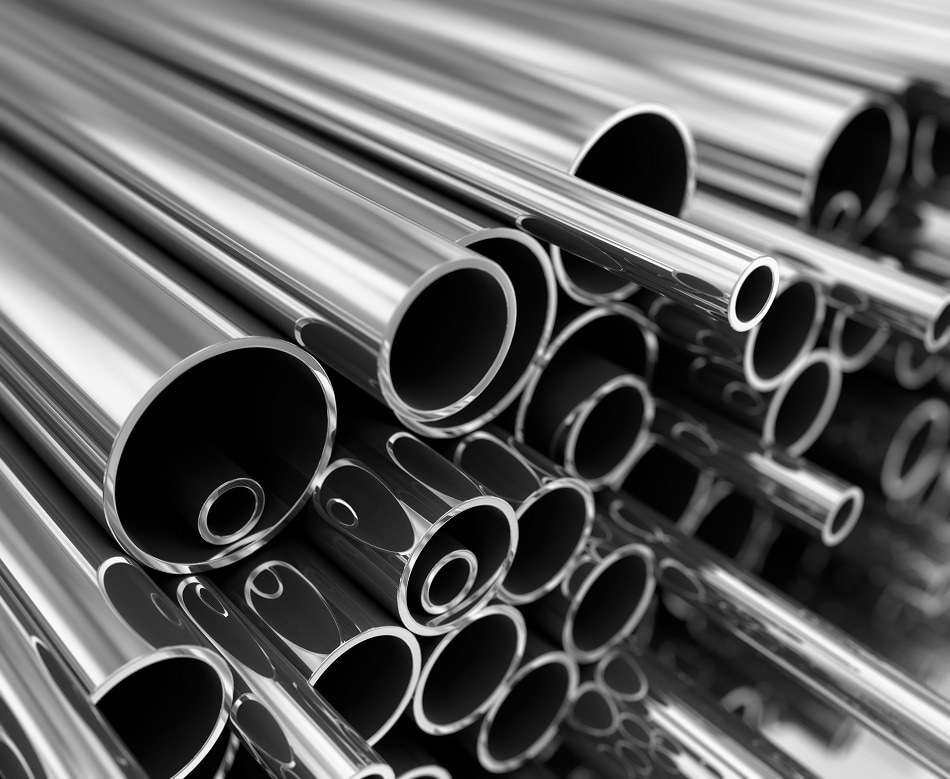
Strengths and Weaknesses of Carbon Steel
Carbon steel’s advantages stem from its cost-effectiveness, ease of machining, and comprehensive mechanical characteristics. Its widespread availability and straightforward production contribute to its economical suitability for various applications. Moreover, carbon steel demonstrates exceptional strength, rendering it fitting for robust structures and heavy machinery.
However, carbon steel is not without its drawbacks. One of the primary concerns is its susceptibility to corrosion. In environments with high moisture or aggressive chemicals, carbon steel can rust and deteriorate over time. To address this issue, various protective coatings, such as paint or galvanization, are often applied to mitigate corrosion risks.
Understanding Stainless Steel
Stainless steel distinguishes itself as a category of iron-derived alloys containing at least 10.5% chromium, leading to the creation of a passive oxide layer on its surface, providing outstanding resistance to corrosion. The augmentation with supplementary alloying elements like nickel, molybdenum, and titanium enhances the properties of stainless steel even further.
Famed for its resistance to corrosion, stainless steel proves to be an optimal selection for applications in demanding environments or those necessitating cleanliness, such as in the food and medical sectors. The alloy’s ability to resist staining and corrosion has bestowed upon it the moniker “stainless,” underscoring its capacity to retain a pristine appearance even in challenging circumstances.
Types of Stainless Steel
Stainless steel comes in various types or grades, each tailored to specific applications. The most common types include austenitic, ferritic, martensitic, and duplex stainless steels.
1. Austenitic Stainless Steel:
This type, characterized by its non-magnetic properties, is the most widely used. It exhibits excellent corrosion resistance and is highly formable, making it suitable for applications like kitchen appliances, chemical containers, and architectural structures.

2. Ferritic Stainless Alloy:
Possessing magnetic properties and a significant chromium composition, ferritic stainless alloy is esteemed for its exceptional corrosion resistance, particularly in elevated temperature settings. Its prevalent uses encompass automotive exhaust systems and heat exchange applications.
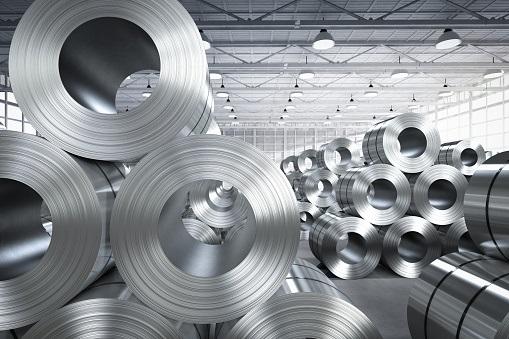
3. Martensitic Stainless Steel:
Known for its hardness and strength, martensitic
is often used in cutlery, knives, and other applications requiring sharp edges. It can be heat-treated for increased hardness.

4. Duplex Stainless Steel:
merging the characteristics of austenitic and ferritic stainless steels, exhibits corrosion resistance and exceptional strength. This renders it well-suited for applications in chemical processing, oil and gas, as well as marine environments.
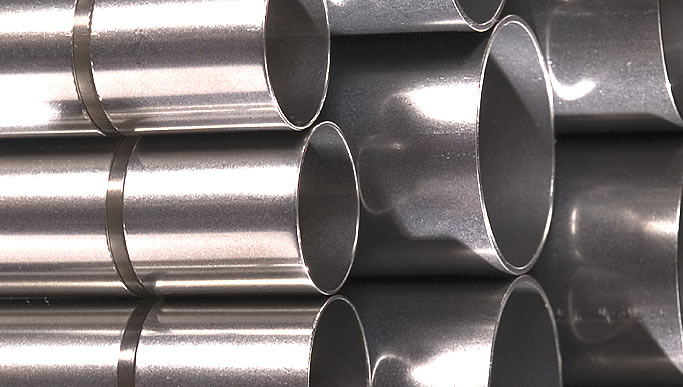
Strengths and Weaknesses of Stainless Steel
Stainless steel’s foremost advantage stems from its ability to resist corrosion and staining, enhancing the material’s durability and minimizing maintenance needs. This characteristic not only makes it a cost-efficient option in the long term but also underscores its aesthetic allure, rendering it a favored selection for architectural and decorative purposes.
Nonetheless, the elevated cost of stainless steel in comparison to carbon steel should be noted. Despite its commendable corrosion resistance, it might not be the preferred option for situations demanding exceptional hardness or wear resistance, as evident in specific tool and blade manufacturing processes.
Comparative Analysis
1. Corrosion Resistance:
The primary differentiation between carbon steel and stainless steel lies in their ability to resist corrosion. Unlike carbon steel, which necessitates extra protective measures, stainless steel possesses inherent corrosion resistance, rendering it the favored option in settings susceptible to moisture, chemicals, or adverse weather conditions.
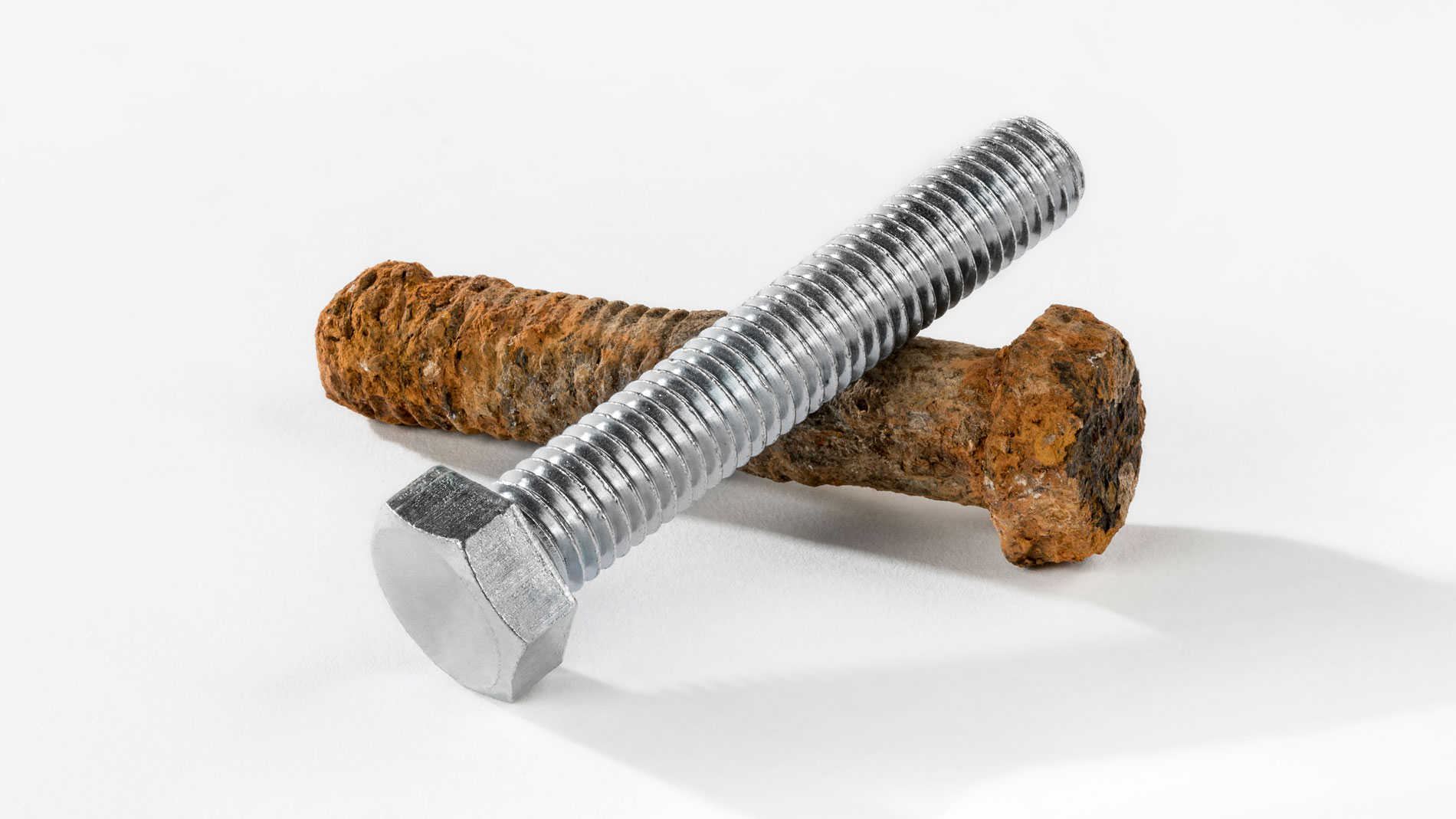
2. Robustness and Toughness:
High-carbon steel, particularly in its elevated carbon configurations, exhibits greater hardness and strength compared to the majority of stainless steel variants. This quality renders high-carbon steel well-suited for situations demanding paramount durability and strength, such as in the realms of construction and heavy machinery.
3. Expense:
Cost plays a pivotal role in determining the materials chosen, with carbon steel typically presenting a more economical option due to its widespread availability and easier production compared to stainless steel. Nevertheless, the enduring cost efficiency of stainless steel, attributed to its resistance to corrosion and lower maintenance needs, frequently validates the higher initial expenditure.

4. Duplex Stainless Steel
combines the strengths and corrosion resistance of both austenitic and ferritic stainless steels, making it a suitable choice for use in chemical processing, oil and gas, and marine environments.
5. Application Specificity:
The choice between carbon steel and stainless steel ultimately depends on the specific requirements of the application. Carbon steel shines in applications where strength and hardness are critical, such as in construction and manufacturing. On the other hand, stainless steel finds its niche in environments demanding corrosion resistance, like the food industry or coastal structures.
Conclusion
In the grand tapestry of metallurgy, the threads of carbon steel and stainless steel weave distinct narratives. While carbon steel boasts strength and affordability, it grapples with corrosion vulnerabilities. On the contrary, stainless steel, with its corrosion-resistant cloak, commands a higher price but offers longevity and aesthetic appeal.
Choosing between carbon steel and stainless steel is not a one-size-fits-all decision. It hinges on a careful consideration of the specific needs and challenges posed by the intended application. As industries continue to evolve, both materials will remain pivotal, each lending its unique strengths to the structures and products that shape our world.
READ MORE: WHAT IS BUTTON HEAD SCREWS , AND PROPERTIES , APPLICATIONS
READ MORE: How to start a new startup business on Deepawali 2023




